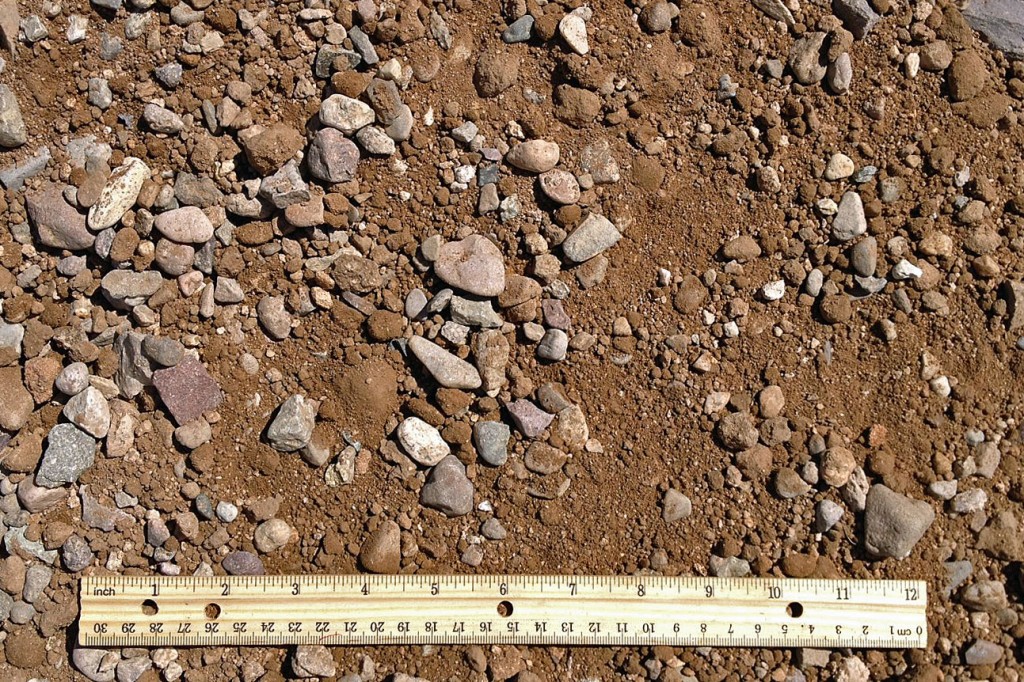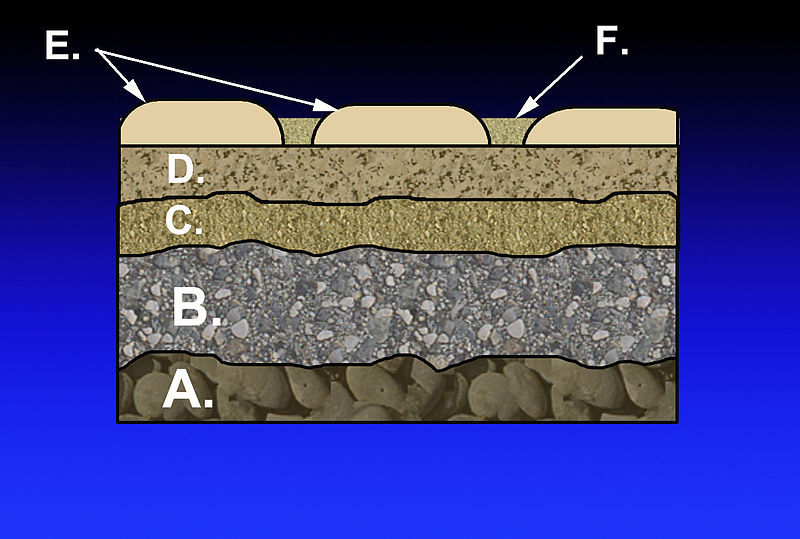Aggregate Base Course often referred simply as ABC, has certain desirable properties. Base Course in pavements refers to the sub-layer material of an asphalt roadway and is placed directly on top of the undisturbed soil (Sub-Grade) so as to provide a foundation to support the top layers of the pavement. It is typically made of a recipe of different sizes of aggregate rock inclusive of 1″ to fine dust. Aggregate is made from quarried rock, recycled asphalt, or concrete.
Aggregate Base is used as the base course under asphalt pavement roadways, under concrete slabs and structural foundations, and as backfill material for underground pipelines and other underground utilities within a roadway. It is placed by means of attentive spreading and compacting to a minimum of 95% relative compaction, providing the stable foundation needed to support a pathway, foundation, driveway or roadway.
The Sub-Base is a layer of small chipped aggregate and dust, typically Crushed Fines, which is laid above the ABC on driveways or heavy traffic areas. The thickness of sub-base can range from 1″ to 2″ inches on light weight traffic areas like pathways and paver patios above the sub-grade when a ABC is not required,

ABCM Aggregate Base Coarse is a hard pack sub-base compaction material. Contains a mix of crushed stone, topsoil and dust.

Cross-Section layers that make up a mortar-less or “dry-laid” pavement. A. Sub-Grade or undisturbed soil B. Aggregate Base Course C. Sub-Base Crushed Fines D. Paver Sand base bed E. Pavers F. Polymeric Sand

